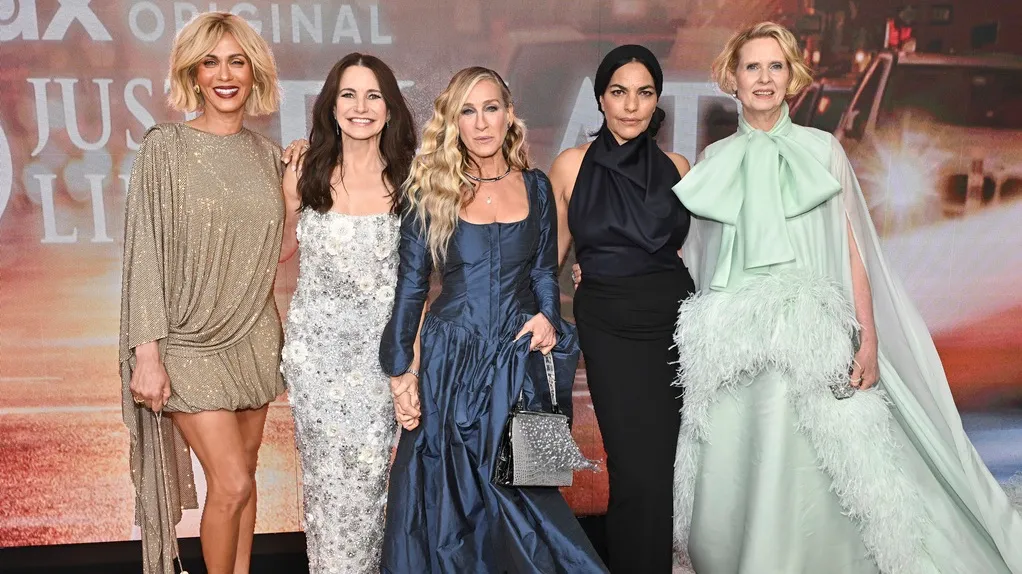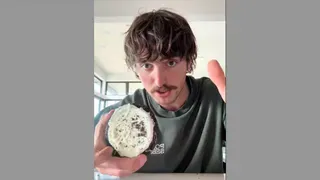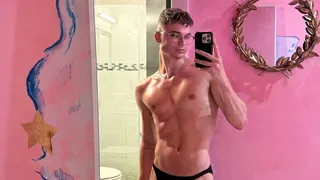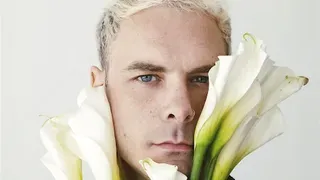March 13, 2021
A Peek Behind The Masks, Precautions at the Pandemic Grammys
Marcela Isaza READ TIME: 3 MIN.
I have covered the Grammy Awards for the Associated Press for 15 years. But this strange year feels like the first time.
Built around performances, full of singing and shouting, and with the biggest crowd of any awards show, the Grammys seem uniquely wrong for a world still in the coronavirus pandemic. But organizers are taking extraordinary measures to pull it off, and the AP was one of just a few media outlets invited inside during the preparations, so long as our reporters took constant COVID-19 tests and observe many other restrictions at the hyper-cautious scene.
For nearly all of my years as an AP video journalist doing interviews on the party-like red carpet at the Grammys, they have been held at Staples Center, a place where the Los Angeles Lakers play basketball and music's biggest superstars perform concerts.
This year there is no red carpet outside, and the ceremony is next door at the Los Angeles Convention Center, a place where the upcoming schedule includes the Bride World Bridal Show & Expo and the American Academy of Otolaryngology's Head & Neck Surgery Annual Meeting.
It's hardly the stuff of show business glitz, though it has significance for me as the place I took the oath to become a U.S. citizen in 1996. And its multiple cavernous halls and spacious walkways are well suited to putting on a pandemic show.
Those halls and walkways are so eerily quiet and empty as you walk them, unlike the buzzy, hectic scene you usually see during the run-up to the Grammys, that it's hard to believe we're just a couple of days from Sunday's telecast. The show will be hosted by Trevor Noah and will include performances by Cardi B, BTS, Doja Cat, Billie Eilish, Megan Thee Stallion, Harry Styles, Taylor Swift and Dua Lipa.
"You know, it's definitely different, but it's been fun to just be in a bubble with my team and my dancers and really just getting ready for the night," Lipa told me as she stood inside the Convention Center on a spaced-out backstage interview-and-photo area that is the only red carpet we have this year. "I'm just really thinking about the performance and I'm just so excited and so grateful to just be on that stage again."
Many cautious performers have stayed private and steered clear of the media area, even with its tight anti-viral protocols. The AP workspace is set off with high, thick black curtains, and they are constantly replenishing us with masks and hand sanitizer. Dropping your mask even for a moment will bring a scolding from security, and we can't bring in any of our own food or water.
We have to keep our distance from the musicians we interview, who are the only people allowed to be mask-less, just long enough to be interviewed. Some request that we also wear plastic face shields.
My camera operator uses a six-foot boom mic to keep his distance.
In a separate, cordoned-off area of the center's biggest hall, performers who would normally be packed together on the Staples Center stage amid a writhing crowd are instead using four separate stages facing each other so artists performing together can stay distant, with virtually no audience.
Outside the sprawling building, carpenters and technicians have been building the stages that will be a hub for Sunday's awards.
The protocol for security and credentials at the Grammys have always been very strict, but they've never before involved mouth swabs and thermometers. By the time Sunday's show starts, I will have had five COVID-19 tests in 11 days. When we get a (fingers crossed) negative result, we get a credential to go in, but still have our temperature taken daily before we enter.
During a normal Grammys week, I'd be all all over town covering the crowded events that are part of the ritual, like Clive Davis' annual gala.
Anthony Hamilton, who's performing with Roddy Ricch and DaBaby on the telecast, told me "It's almost like Mardi Gras out in L.A. when it's Grammy time."
"I'm used to everybody being here all at one time," he said as we stood nearly alone in the interview space, "a room full of people, all your peers, every musician you ever wanted to see in the music, in the media room and running into people at the mall, running around with all the different fashion houses and just having a good time, a big party."
___
AP photographer Christopher Pizzello, and AP Entertainment Writers Andrew Dalton and Jonathan Landrum Jr., contributed to this report.







